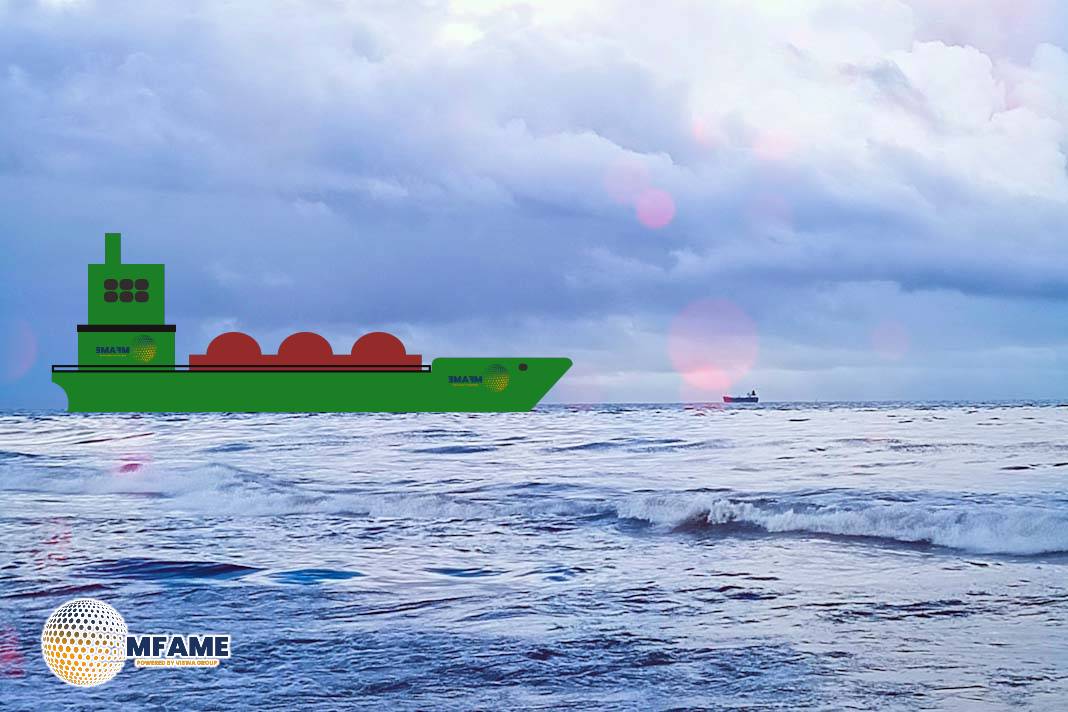 A new whitepaper from DNV explores the design, operational factors, and technical feasibility of Wind-Assisted Propulsion Systems (WAPS), providing insights into fuel savings and compliance with EU and IMO regulations.
A new whitepaper from DNV explores the design, operational factors, and technical feasibility of Wind-Assisted Propulsion Systems (WAPS), providing insights into fuel savings and compliance with EU and IMO regulations.
Key Findings and Industry Perspectives
- Fuel Savings & Emissions Reduction
- WAPS can significantly cut fuel costs and CO₂ emissions when matched to the right vessel type and operational profile.
- Case studies in EU waters demonstrate that WAPS can support compliance with the EU ETS and FuelEU Maritime.
- WAPS Adoption & Retrofitting
- 75% of WAPS installations are retrofits, mainly on tankers and general cargo vessels.
- Rotor sails are most common in the bulk and tanker sectors (54% share).
- Suction sails dominate the general cargo ship segment (67% share).
- WAPS retrofits are feasible for most ships with sufficient deck space and unobstructed airflow, while integrated WAPS designs offer even greater optimization potential.
- Regulatory & Economic Drivers
- WAPS adoption is driven by compliance with key maritime regulations, including:
- Energy Efficiency Design Index (EEDI)
- Efficiency Existing Ship Index (EEXI)
- Carbon Intensity Indicator (CII)
- Upcoming IMO CO₂ emission rules
- Ships using WAPS can benefit from a correction factor that improves efficiency ratings and reduces fuel consumption.
- WAPS adoption is driven by compliance with key maritime regulations, including:
DNV’s Role in Standardizing WAPS Implementation
- DNV has pioneered classification rules for WAPS, launching the first class notation for WAPS-equipped ships in 2019.
- The ST-0511 “Wind-Assisted Propulsion Systems” certification ensures safe and effective integration.
- The “WAPS Ready” notation offers a modular approach to ensure compliance for future installations.
- In 2025, DNV will update its recommended practice (RP) to introduce an on/off methodology for performance measurement.
Future Outlook
Hasso Hoffmeister, Senior Principal Engineer at DNV, predicts a growing role for WAPS, stating that “the first fully wind-powered modern large cargo vessel, Orcelle, could be contracted in the coming years.”
With the increasing pressure to decarbonize shipping, wind-assisted propulsion is emerging as a viable solution to reduce emissions, lower fuel costs, and enhance compliance with global regulations.
Did you subscribe to our daily Newsletter?
It’s Free Click here to Subscribe!
Source: DNV















![[Watch] A Christmas Tree Goes To Sea](https://mfame.guru/wp-content/uploads/2025/01/mfame-container-100x70.jpg)
